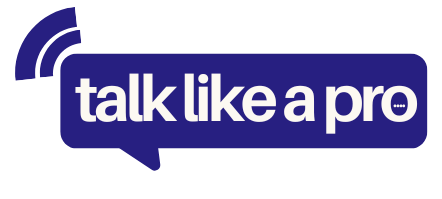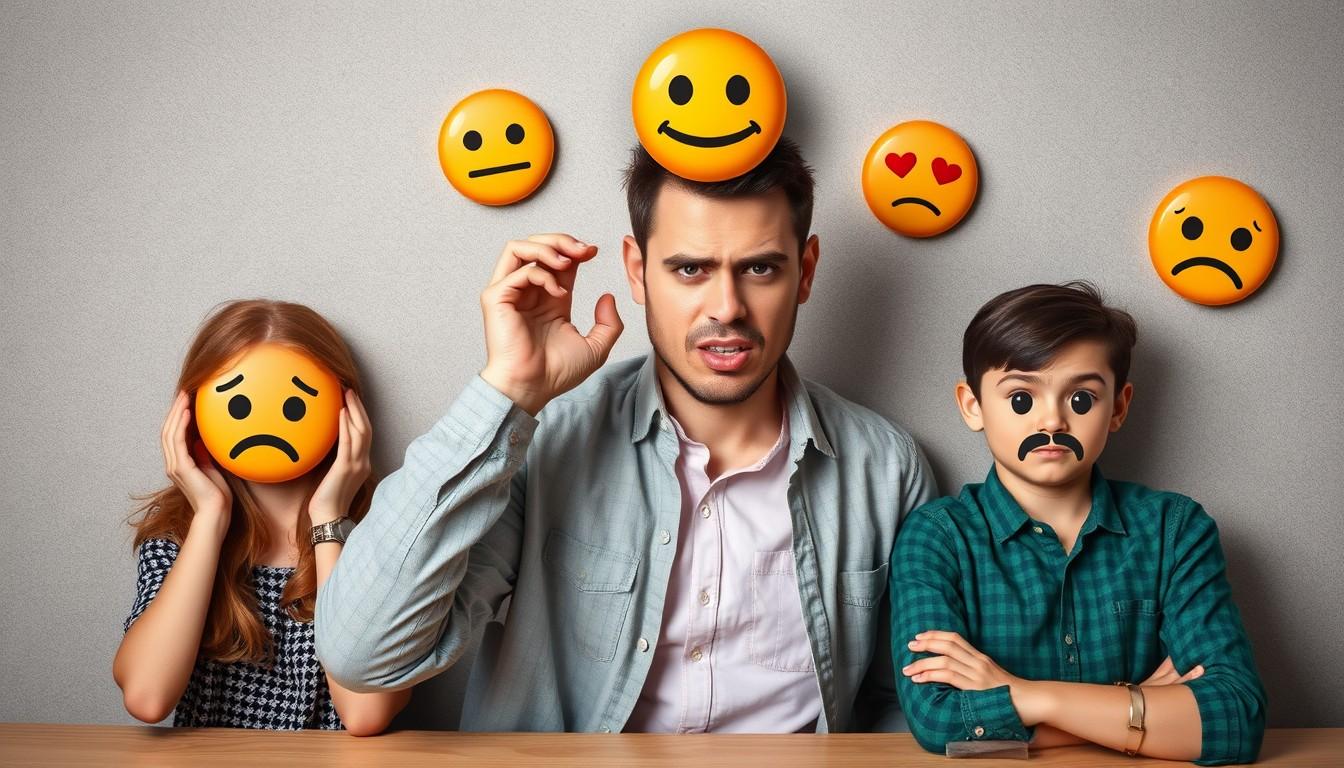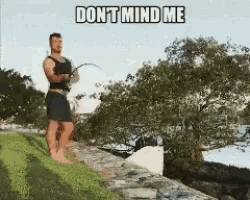Oh snap! 👀 Did they really just passive-aggressively “like” your post?
Welcome to the wild world of digital communication, where a simple thumbs up emoji can speak volumes.
In this article, we’re diving deep into the murky waters of passive-aggressive likes and how people use emojis to lowkey express their displeasure. Trust me, by the end of this, you’ll be a certified emoji detective.
I’ve spent way too much time analyzing the hidden meanings behind my friends’ reactions on social media. (Yes, I need better hobbies.)
But all that obsessing has taught me a thing or two about decoding emoji-speak.
Plus, I’ve consulted with some expert communicators who actually have legit credentials in this stuff.
We’ll cover everything from the classic “angry like” to more subtle tactics like strategically timed reactions.
The best part? Learning to spot these sneaky signals can seriously level up your digital communication skills.
So grab your magnifying glass and put on your detective hat – it’s time to crack the case of the passive-aggressive like!
The Rise of the Passive-Aggressive Like
Remember the good ol’ days when a “like” just meant, well… you liked something?
Those innocent times are long gone, my friends.
Now we’re living in the era of weaponized emojis and loaded reactions.
It all started innocently enough with Facebook introducing reaction options beyond the simple thumbs up.
Suddenly we could express love, laughter, surprise, sadness, and anger with a single click.
But it didn’t take long for people to start using these new tools in devious ways.
The angry react became a popular way to express displeasure without actually engaging in conflict.
Why bother typing out a critical comment when you can just slap that little red face on there?
It’s the digital equivalent of giving someone major side-eye.
As more platforms added reaction options, the possibilities for passive-aggressive communication expanded.
Now we have an entire arsenal of emojis to deploy in our passive-aggressive battles.
Decoding the Most Common Passive-Aggressive Likes
Let’s break down some of the classic moves in the passive-aggressive emoji playbook:
The Angry Like
This is the OG of passive-aggressive reactions.
Slapping an angry face on a post you disagree with? It’s like saying “I acknowledge your existence, but I’m NOT happy about it.”
It’s confrontational without actually starting a confrontation. Clever, right?
The Laugh React on Serious Posts
Nothing says “I think your opinion is a joke” quite like a laughing emoji on a heartfelt status update.
It’s the digital equivalent of rolling your eyes and snickering.
RUDE, but effective.
The Single Teardrop
Oh, you thought your vacation photos would make everyone jealous?
Here’s a single tear to show how “sad” I am that I’m not there.
(Spoiler alert: I’m not actually sad, I’m just petty.)
The Purposefully Mismatched Reaction
Responding with a heart eyes emoji to your ex’s engagement announcement?
SAVAGE.
This move says “I’m pretending to be happy for you but we both know I’m dying inside.”
The Overly Enthusiastic Response
Sometimes, going overboard with the positive reactions can be just as shady as negative ones.
Responding “OMG SO AMAZING!!!” to your frenemy’s basic selfie?
Yeah, we all know that’s sarcasm in emoji form.
The Psychology Behind Passive-Aggressive Likes
So why do we resort to these sneaky tactics instead of just, you know, COMMUNICATING like adults?
Well, there are a few reasons:
-
Conflict avoidance: Many people are uncomfortable with direct confrontation. Passive-aggressive likes let them express displeasure without risking an argument.
-
Plausible deniability: If called out, the passive-aggressive liker can always claim innocence. “What? I just thought that angry face was cute!”
-
Emotional release: Sometimes we just need to let out our petty feelings without causing real drama. A shady react can be a low-stakes way to vent.
-
Power play: In some cases, it’s about asserting dominance in a subtle way. It’s saying “I see you, and I’m judging you” without actually engaging.
-
Attention-seeking: Let’s be real, sometimes people just want to stir the pot and see what happens.
The thing is, while these tactics might feel satisfying in the moment, they often lead to more miscommunication and hurt feelings in the long run.
The Impact on Relationships
You might think a passive-aggressive like is no big deal, but these little digital jabs can seriously mess with our relationships.
Think about it – how many times have you obsessed over why your bestie used THAT emoji on your post?
Or felt a pang of hurt when your crush gave your selfie a “meh” reaction?
These micro-interactions add up over time, creating a web of unspoken tension and resentment.
It’s like death by a thousand paper cuts, but make it digital.
The worst part is, because everything is so subtle and indirect, it’s hard to address the issues head-on.
You end up in this weird dance of trying to interpret hidden meanings and second-guessing every interaction.
It’s exhausting, and it can seriously erode trust and open communication in relationships.
How to Respond to Passive-Aggressive Likes
So what do you do when you’re on the receiving end of these shady reactions?
Here are a few strategies:
-
Don’t take the bait: Sometimes, the best response is no response at all. Don’t give them the satisfaction of knowing they got to you.
-
Kill ’em with kindness: Respond with over-the-top positivity. It’ll either disarm them or drive them crazy. Win-win!
-
Call it out (gently): If it’s someone you’re close to, try addressing it directly. “Hey, I noticed you seemed upset by my post. Want to talk about it?”
-
Use humor: Defuse the tension with a joke. “Whoa, did you sit on your phone or did you mean to use that angry face?”
-
Set boundaries: If someone is constantly passive-aggressive, it might be time to have a real talk about communication styles.
Remember, you can’t control how others communicate, but you can control how you respond.
Breaking the Cycle: Communicating More Directly
Look, I get it.
Sometimes it feels easier to drop a shady emoji than to have an actual conversation about your feelings.
But if we want healthier online interactions, we’ve gotta break out of these passive-aggressive patterns.
Here are some tips for more direct (but still kind) communication:
-
Use “I” statements: Instead of accusing, express how something made you feel. “I felt hurt when I saw that reaction on my post.”
-
Ask questions: If you’re unsure about someone’s intentions, just ask! “I noticed you used the angry react – did I say something to upset you?”
-
Take it offline: Some conversations are better had in person or over the phone. Don’t be afraid to suggest a real talk.
-
Practice empathy: Try to understand where the other person is coming from before reacting.
-
Be honest about your own feelings: It’s okay to admit when something bothers you. Vulnerability can lead to better understanding.
-
Use emojis to enhance, not replace, your words: They should add flavor to your message, not be the whole meal.
Remember, clear communication takes practice.
But trust me, it’s worth the effort.
Your future relationships (and blood pressure) will thank you.
The Future of Digital Communication
As we become more reliant on digital platforms for our social interactions, it’s crucial that we develop better ways of expressing ourselves online.
The emoji arms race isn’t slowing down anytime soon.
We’re constantly getting new reactions, stickers, and gifs to play with.
But maybe, just maybe, we can start using these tools to enhance our communication rather than avoid it.
Imagine a world where we use emojis to add nuance and warmth to our words, rather than as weapons of mass passive-aggression.
Where we take the time to type out our thoughts and feelings instead of relying on knee-jerk reactions.
It might sound idealistic, but hey, a girl can dream, right?
Conclusion: Embrace the Power of Words (and Emojis)
At the end of the day, emojis and reactions are just tools.
It’s how we use them that matters.
So the next time you’re tempted to drop a shady like on your cousin’s political rant, take a deep breath.
Ask yourself: Is this really how I want to communicate my feelings?
Maybe instead of that angry face, you could try… actual words?
I know, revolutionary concept.
But trust me, your relationships (and your karma) will thank you.
Now go forth and communicate like the emotionally intelligent badass I know you can be!
Just remember: with great emoji power comes great responsibility.
Use it wisely, my friends.




